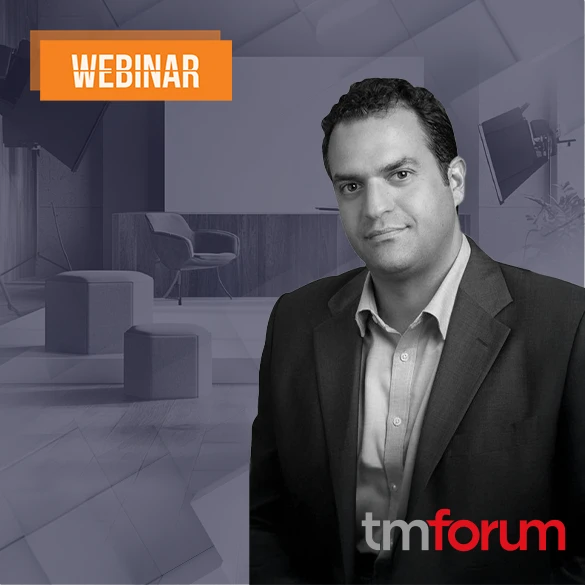Digital Transformation - Hype vs Reality


Digital transformation has been a buzzword in the telecommunication industry for at least 15 years. The transition from the Communication Service Provider to the Digital Service Provider has been on the agenda of every telco for at least a decade with various projects that have spun off where Chief Digital Officers and similar sort of titles and functions have been created. We have seen some really good efforts from operators that we've worked with, and there are other well-known digital transformation case studies around the world.
When talking about Digital Transformation, I think it is very important to focus on three key pillars around some of the technological advancements that are really driving the digital transformation of service providers:
5G and Connectivity and the impact it's having on the industry and what sort of future it will bring for service providers and consumers alike.
Virtualization and the move to Cloud, which is already fairly advanced and on every telco’s agenda.
AI and Machine Learning - how it drives the transformation of service providers to become Digital Service Providers.
It is also quite important to focus on how that transformation is working, what are some of the key success factors, both from a vendor's point of view, as well as from an operator's point of view. And, quite importantly, I want to try and separate the hype from reality, because, as with every technological revolution, there is a lot of hype surrounding some of these pillars.
During our most recent Digital Transformation workshops we held with the help of Juliet Media, I have opened a discussion with a number of top operators in EMEA, our vendor partners and leading analysts about the key success factors that drive the transformation strategies and how this is affecting and driving the customer experience.
Connectivity was a major pillar for the service providers in Africa as the Digital Gap is still a major challenge in the region - in Senegal only 46% of the population connected to the internet. However, some major improvements have been made, according to Free, the leading CSP of Senegal, with 4G plus network deployments all over the country, and a 5G network is in the works. This has transformed the way Free handled customers on day to day business - they have started using WhatsApp to communicate with their customers, utilising e-commerce platforms to sell their products and digitising the agencies through Virtualisation of the contracts with electronic signatures.
Better connectivity allowed Free to explore the use of AI and Machine Learning to integrate the Big Data strategies in order to capitalize on a better knowledge of Free’s customers so that their expectations are met.
Big Data, in general, was identified to be an underlying base for the successful Digital Transformation projects, with the quality of that data being the most important success factor without which using AI and Machine Learning technologies is pointless.
Moreover, for the top analyst at Analysis Mason, Big Data replaces the Connectivity pillar with European CSPs. He argues that without the good quality data it will be impossible to automate the business processes and therefore impossible to realise the full potential that 5G can bring to Digital Transformation. His message to CSPs was: “Get your data sorted, understand how you're going to use your Machine Learning and AI and how you're going to apply that and use 5G as a catalyst for change”.
Interestingly, simplifying CPSs business processes instead of overcomplicating them was a common theme that ran throughout the workshops. A Lead Architect from BT mentioned that most CSPs are complex organizations, with infrastructure, applications and the platforms that support the organization also being quite complex, so it is essential to make the transformation processes automated so they are simless for the customers.
Operators wrongly assume that they can tackle everything at once, whether it's 5g, or moving to the Cloud, or embracing new technologies like AI and Machine Learning. Many CSPs have over invested in certain technologies, and they're not really reaping the benefits of those investments, mainly because they tried to do too many things in a short space of time, or the market wasn't ready, or the processes weren't ready, or the data wasn't properly assembled to tackle the right types of challenges.
So I think pacing yourself, setting the right kind of targets that are manageable, and KPIs which are easy to understand and digest across the organization are some of the key success factors.
And in closing, I would be remiss if I didn't say that selecting the right type of vendor is also very important. We find that, increasingly, our role is not one of the vendors supporting a particular project, but more of a partnership with the operator. We invest a lot in becoming stakeholders in our customer's future and in the project's success, because we feel that the relationship has to outlive any particular delivery or implementation. This approach for us is key to our success.








